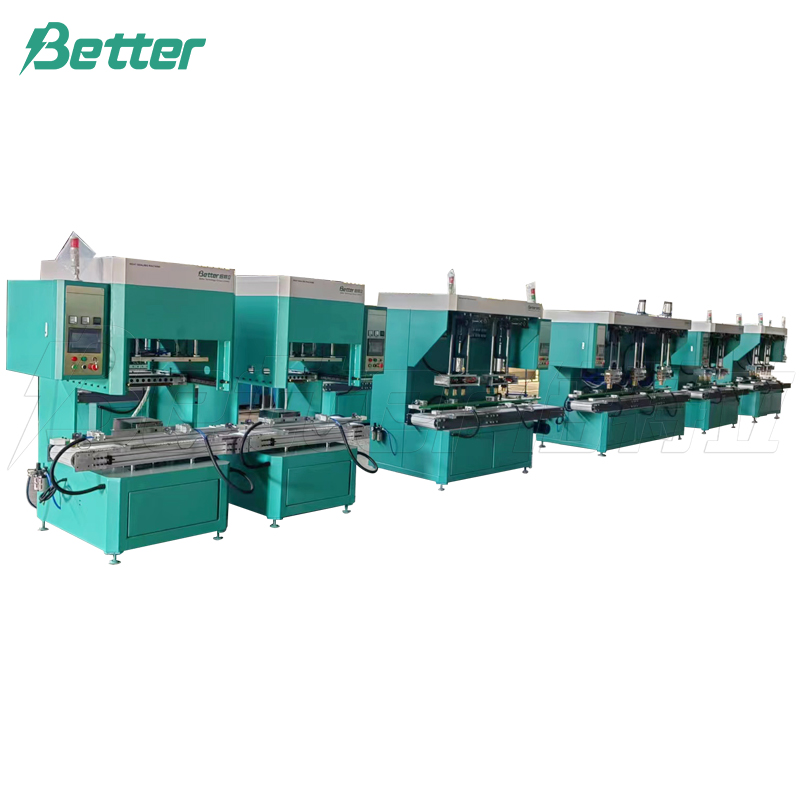
Technical Features and Advantages of Fully Automatic Battery Assembly Lines
2024-07-18 13:40Q: What are the primary benefits of fully automatic battery assembly lines in modern manufacturing?
A: Fully automatic battery assembly lines bestow substantial advantages by virtue of their elevated degree of automation. They proficiently streamline the entire assembly procedure for diverse types of batteries, guaranteeing uniformity, dependability, and efficacy.
Q: How do these assembly lines achieve high efficiency and consistency?
A: These assembly lines make use of avant-garde PLC control systems and precise sensors. Such technologies facilitate real-time surveillance and adjustments throughout the production process, ensuring stable operations and adherence to elevated quality benchmarks.

Q: What role do modular designs play in these assembly lines?
A: The modular design permits flexible configurations based on production necessities. This adaptability simplifies maintenance, facilitates upgrades, and enables rapid adjustments to manufacture different battery specifications to fulfill market demands.
Q: How do fully automatic battery assembly lines contribute to environmental sustainability?
A: These assembly lines prioritize energy efficiency and environmental protection. They optimize resource consumption during production through streamlined processes and incorporate systems for exhaust treatment and wastewater recovery, thereby reducing the environmental footprint.
Q: What safety features are integrated into fully automatic battery assembly lines?
A: These assembly lines are furnished with multiple safety protection apparatuses, encompassing overload protection, emergency stop systems, protective covers, and alarm systems. They ensure operational safety while employing high-quality materials to enhance reliability and minimize failure rates.
Q: How do these assembly lines contribute to technological advancement in battery manufacturing?
A: By automating critical production processes such as case preparation, plate assembly, welding, and final testing, these assembly lines enhance the overall manufacturing efficiency and support the progression of battery technology for various applications.
Q: What are the key considerations when implementing fully automatic battery assembly lines?
A: Implementing these assembly lines demands consideration of initial investment costs, production volume requirements, and compatibility with existing manufacturing processes. Nevertheless, their benefits in terms of efficiency, quality control, and operational reliability justify the investment.
